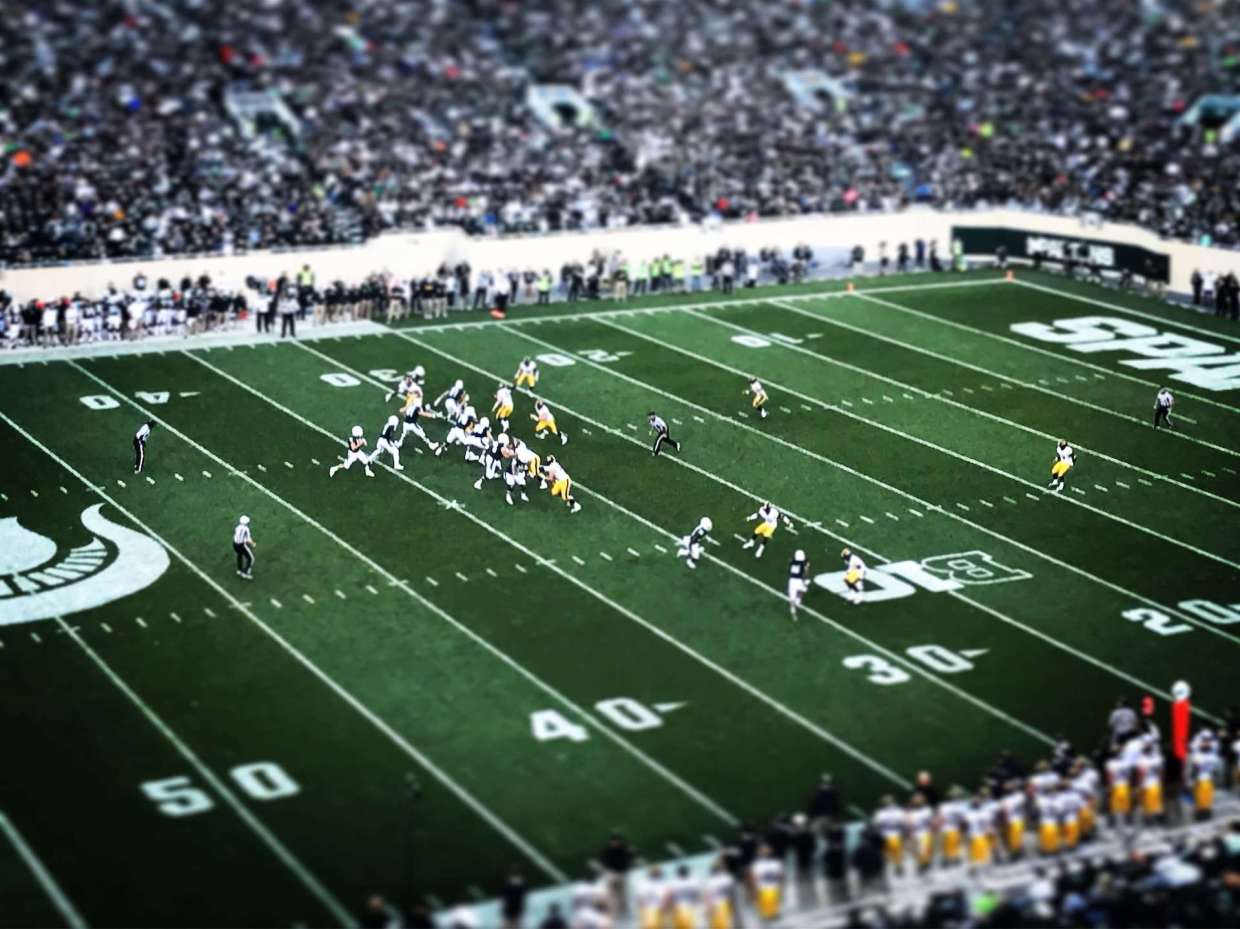The 2020/2021 football season was a season like no other: COVID-19 restrictions around stadium attendance changed day-by-day, team-by-team. Sports bars have been limited to outdoor dining and delivery, preventing fans from gathering at local watering holes to cheer on their teams. While fans can still catch the game from the comfort of their own homes, NFL ratings are down.
TV viewership trends can tell marketers a lot about consumer behavior. Indeed, by combining TV viewership data with location data, it’s possible to examine the relationship between TV viewership and foot traffic to physical locations (for example, people who watched football on TV between September and November 2020 are 43% more likely to have visited an Albertsons grocery store since the pandemic began).
So, with the Super Bowl on the horizon, Foursquare combined our first-party visitation data with TV viewership data from Inscape, VIZIO’s data product with anonymized insights from 17+ million opt-in TVs across America, to examine the relationship between viewing habits (at-home vs. stadium) and real-world behaviors.
We looked at Covid-related questions like:
- Are stadium attendees more or less likely to be “out and about” than at-home viewers and the average American? (The answer may surprise you)
- Are football fanatics more likely to travel during the pandemic than the average American?
- Are NFL game attendees and at-home viewers more likely to be homebodies, or are they nightlife enthusiasts?
And we learned:
- The age range of fans most likely to visit football stadiums in 2020 vs. 2019
- The shopping and fitness habits of football fans
- Other activities that football fans are willing to venture into the “real world” to enjoy
These insights are just the tip of the iceberg – for more findings and tips around how to refine marketing strategies based on these insights, download the full report below or watch our webinar.
